Greece’s famous islands draw millions of visitors to Santorini and Mykonos, yet hundreds of lesser-known villages scattered across the Aegean and Ionian Seas offer authentic Mediterranean experiences without crowds or commercial tourism pressure. These traditional settlements preserve centuries-old ways of life while welcoming travelers seeking genuine connections to Greek culture, cuisine, and natural beauty.
Each village maintains a unique character shaped by local history, geographic setting, and community traditions that continue thriving despite modern pressures threatening traditional island life throughout the Mediterranean. Here is a list of 20 Greek island villages perfect for slow travel that showcase authentic Greek island living at its most peaceful and welcoming.
Apiranthos, Naxos
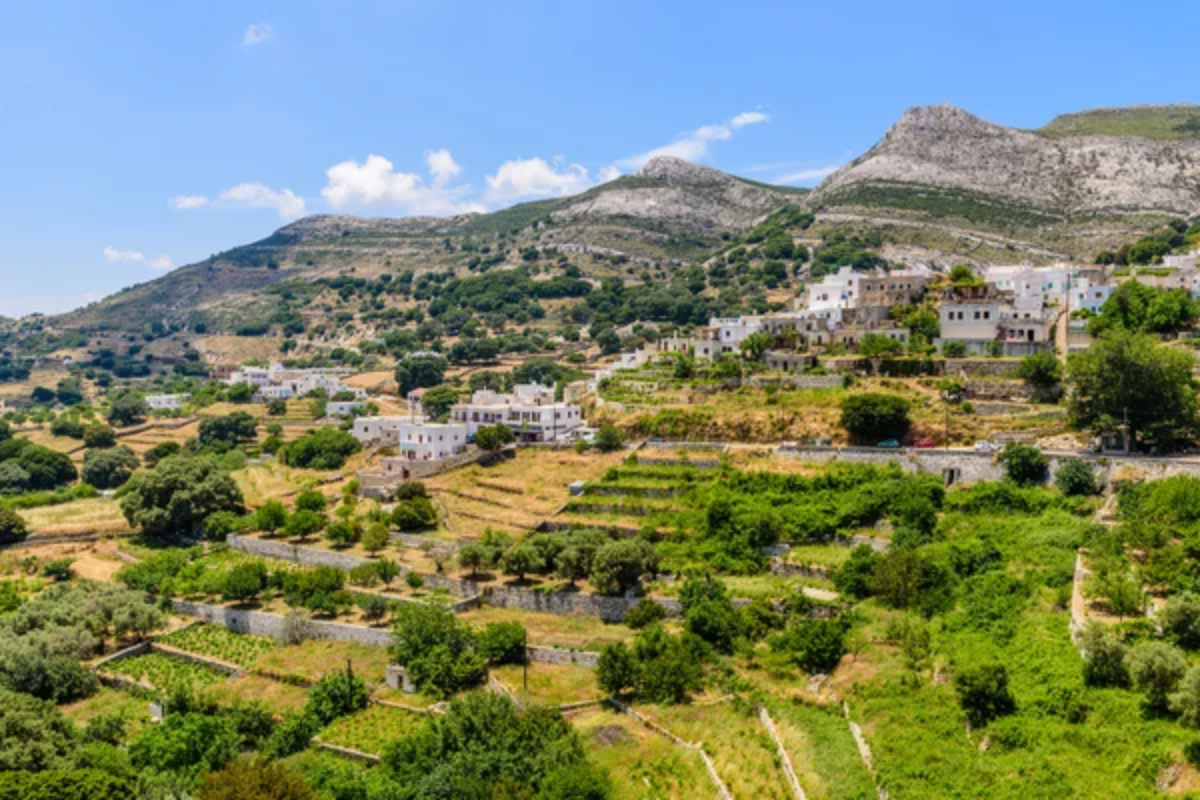
Nestled in Naxos’s mountainous interior, Apiranthos preserves marble-paved streets and Venetian architecture while maintaining traditional crafts, including weaving and pottery, that families have practiced for generations. The village’s elevated position provides stunning views across valleys where ancient olive groves and terraced vineyards create landscapes that have remained largely unchanged for centuries.
Traditional kafenions serve local wine and mezze while elderly residents gather to play backgammon and discuss village affairs in dialects that preserve linguistic traditions. Three small museums showcase local history, traditional crafts, and geological specimens that reveal the island’s rich cultural and natural heritage.
Olympos, Karpathos
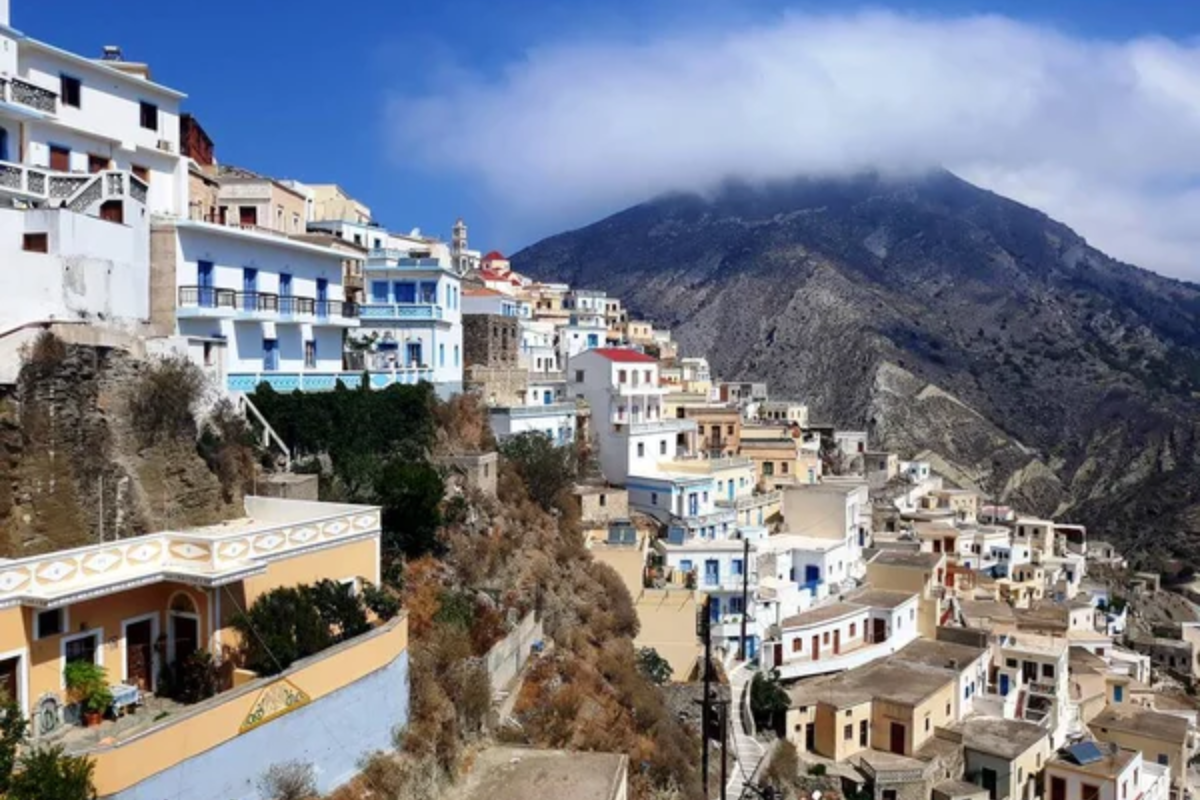
Perched on mountain ridges in northern Karpathos, Olympos maintains one of Greece’s most traditional communities where women still wear elaborate folk costumes daily and speak a dialect that preserves ancient Greek linguistic elements. The village’s isolation has protected customs, including traditional baking methods using communal ovens and music traditions featuring unique instruments and dance styles.
Windmills that once ground grain for the entire community still operate during summer months, demonstrating sustainable energy techniques developed centuries before modern environmental concerns. Traditional houses feature distinctive architecture with decorative elements that reflect both practical needs and artistic expression passed down through families.
Like Travel Pug’s content? Follow us on MSN.
Molyvos, Lesvos

This medieval fortress town combines Byzantine and Ottoman architectural influences while maintaining traditional Greek island character through winding cobblestone streets lined with stone houses and blooming bougainvillea. The village’s harbor serves local fishing boats that supply tavernas with fresh catches, including sardines and anchovies that form the foundation of traditional Lesvos cuisine.
Traditional ouzo distilleries operate within the village, producing the anise-flavored spirit using recipes and techniques that families guard as treasured secrets. Annual festivals celebrate local traditions, including olive harvest celebrations and religious holidays that bring the entire community together in the main square.
Koronos, Naxos
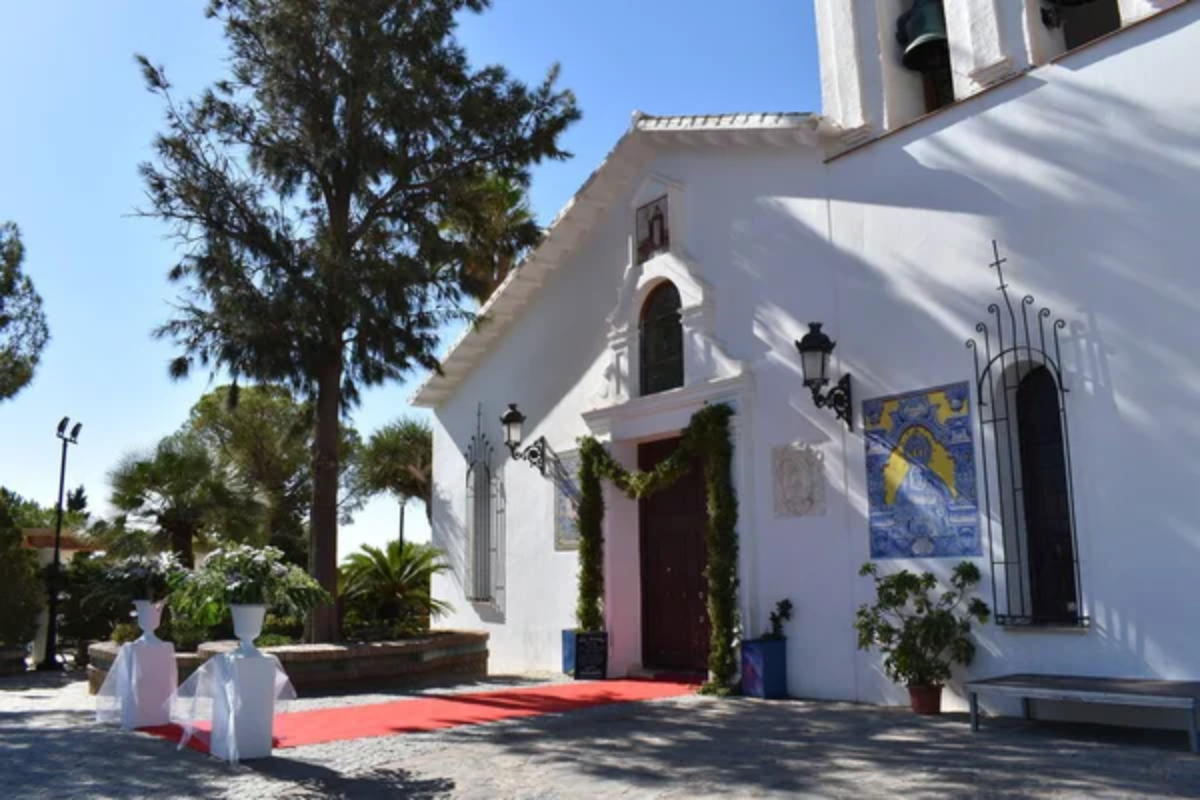
Hidden in Naxos’s northern mountains, Koronos maintains traditional marble-working crafts that have supplied building materials for Greek construction projects for over two millennia. The village’s workshops demonstrate traditional stone-cutting techniques while producing both functional items and artistic pieces using local marble deposits.
The traditional architecture features buildings constructed entirely from local stone using mortarless techniques that have withstood centuries of earthquakes and weather. Village tavernas serve dishes prepared using recipes that incorporate wild greens, local cheeses, and olive oil produced from ancient groves that surround the settlement.
Vourliotes, Samos
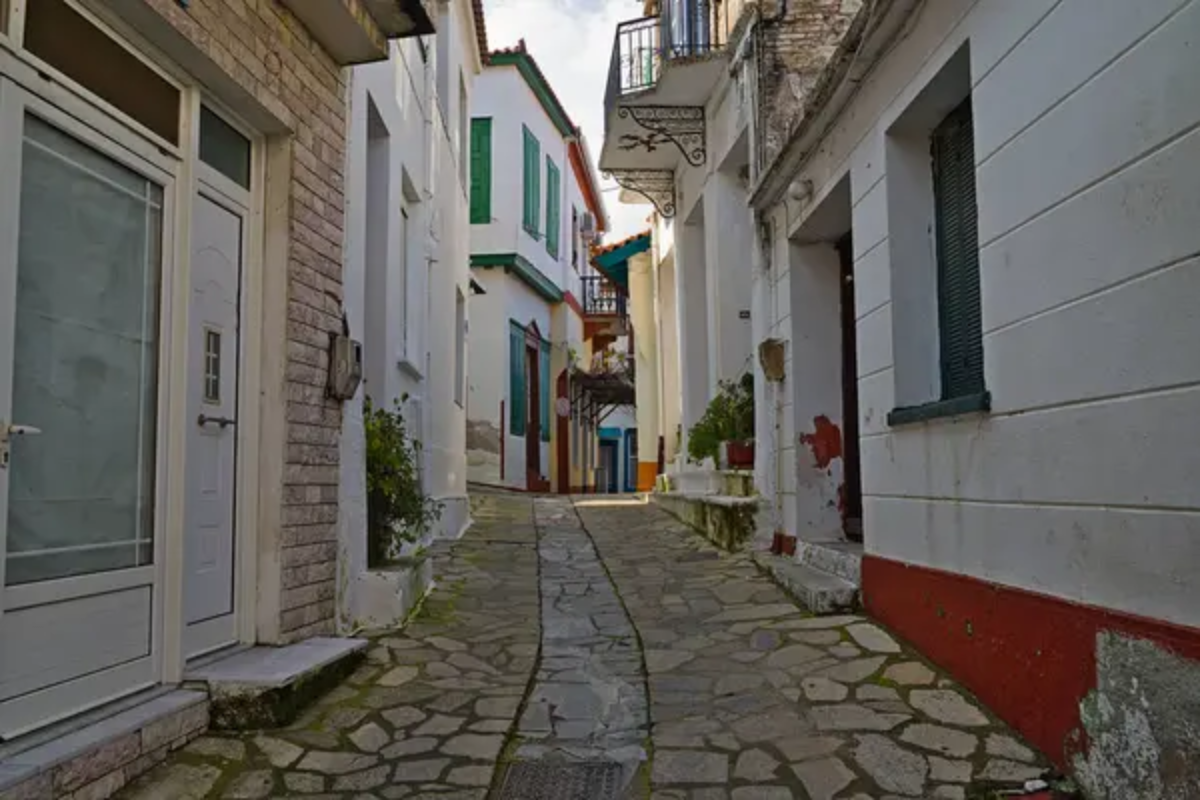
Positioned on Samos’s forested slopes, Vourliotes combines traditional architecture with access to hiking trails that lead through pine forests to hidden beaches and ancient ruins. The village maintains traditional wine production using indigenous grape varieties that thrive in the island’s microclimate while producing wines with distinctive flavors that reflect local terroir.
Traditional festivals occur throughout the summer months, featuring live music and dancing in village squares where multiple generations gather to celebrate community traditions. Local guesthouses offer authentic accommodation in traditional stone houses where families have lived for generations.
Like Travel Pug’s content? Follow us on MSN.
Chora, Folegandros
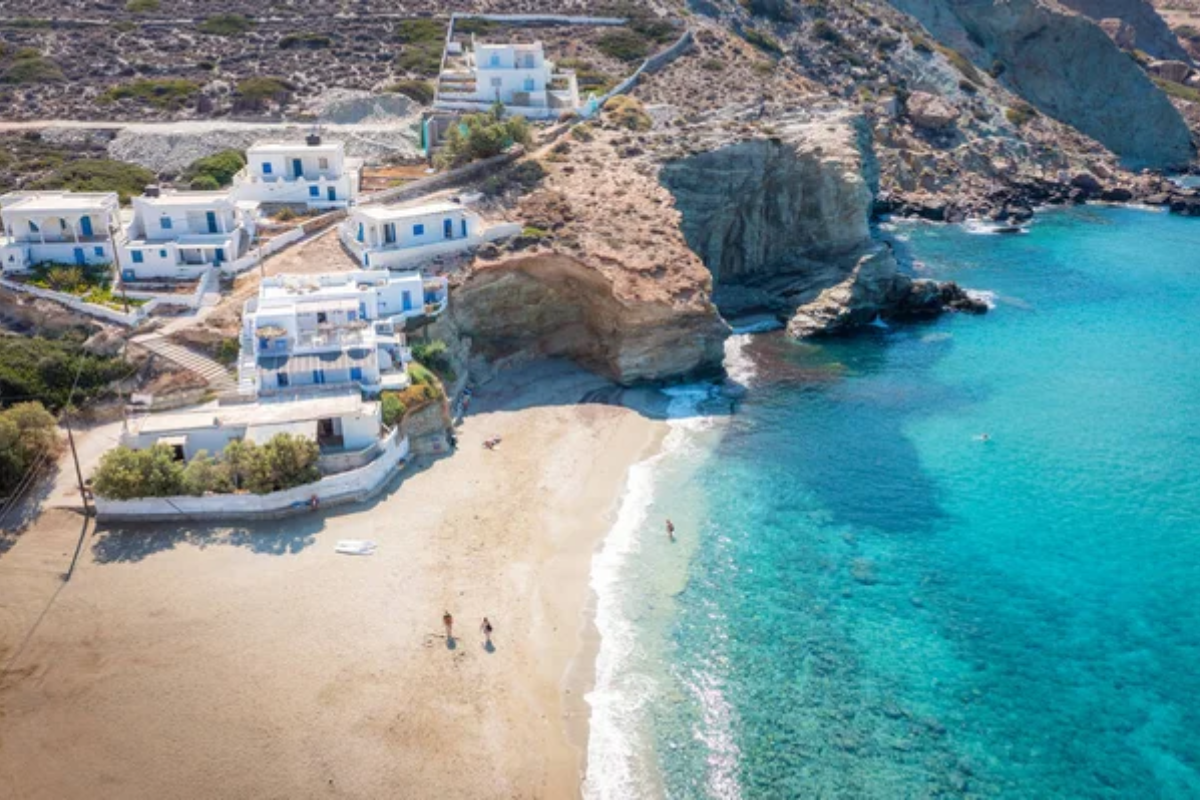
Dramatically positioned on cliff edges 200 meters above the sea, Chora epitomizes Cycladic architecture through whitewashed cubic buildings that seem to grow from the rocky landscape. The village’s car-free streets encourage slow exploration past traditional bakeries where wood-fired ovens produce bread using recipes unchanged for generations.
Traditional churches perch on cliff edges, creating stunning photographic opportunities while serving active congregations that maintain Greek Orthodox traditions. Village squares feature ancient trees that provide shade for outdoor dining where local tavernas serve traditional dishes using ingredients grown in terraced gardens throughout the surrounding countryside.
Archangelos, Rhodes
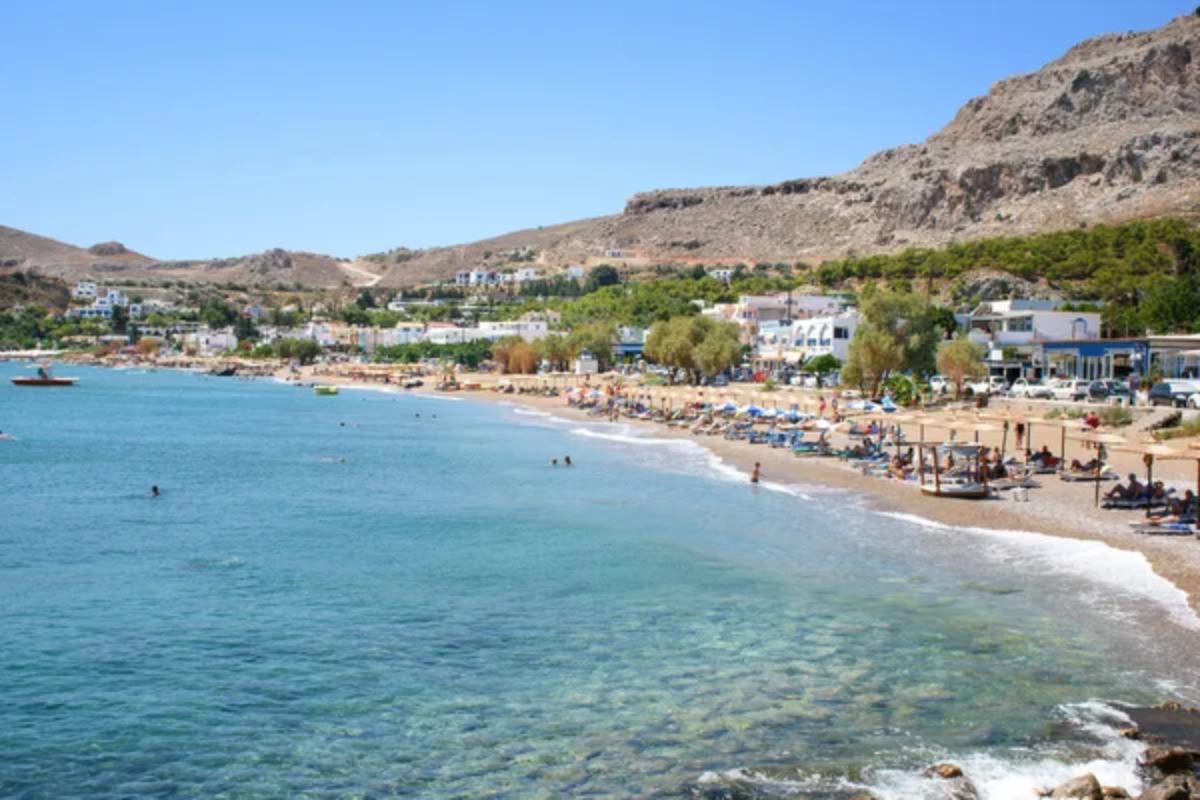
This traditional village maintains a medieval character through stone architecture and narrow streets while serving as a center for pottery production that continues techniques introduced during the Byzantine period. Local workshops demonstrate traditional ceramic techniques while producing both functional vessels and decorative pieces that reflect centuries of artistic tradition.
Traditional festivals throughout the year celebrate patron saints while featuring folk dancing and music that preserve regional cultural expressions. Village tavernas serve traditional Rhodian cuisine, including dishes that blend Greek traditions with influences from centuries of cultural exchange throughout the eastern Mediterranean.
Mesta, Chios
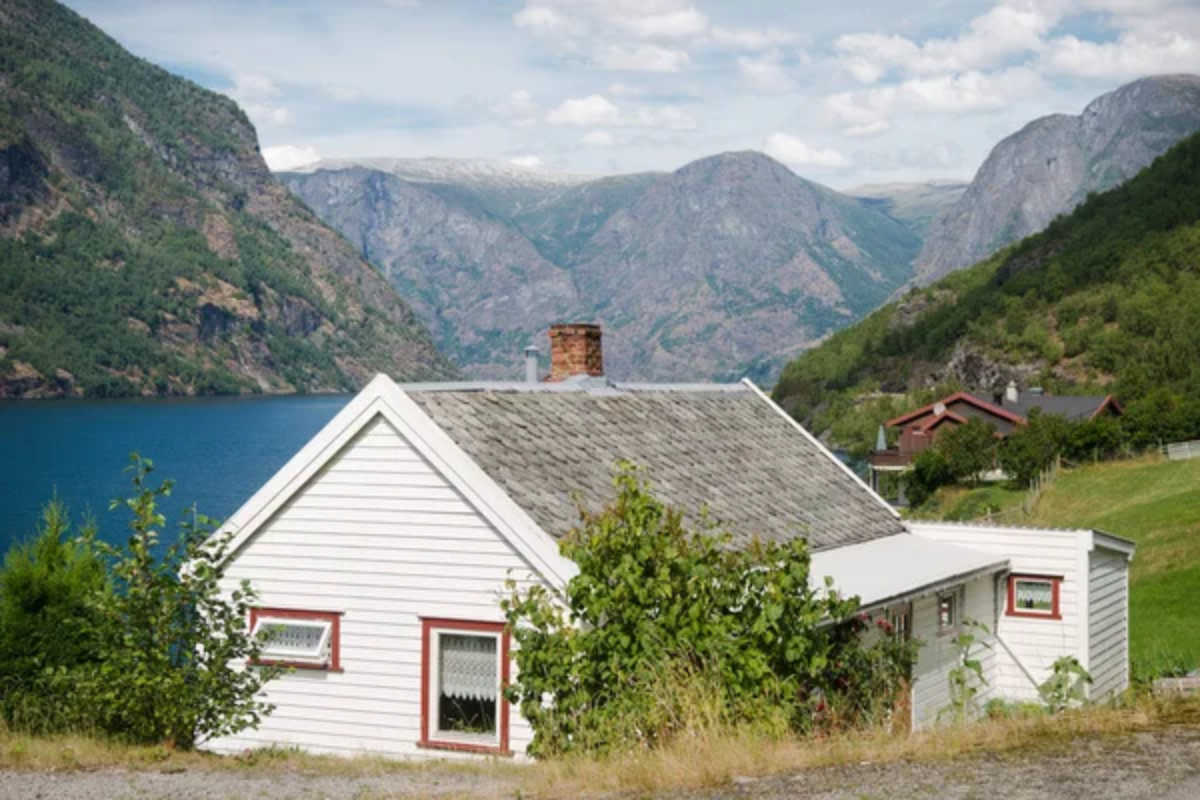
Designed as a fortified medieval village, Mesta maintains its defensive walls and narrow passages while preserving traditional mastic cultivation that produces the unique resin used in liqueurs, cosmetics, and traditional medicine. The village’s architecture reflects Genoese influence through stone construction techniques and urban planning that created one of Greece’s best-preserved medieval settlements.
Traditional mastic processing continues using methods developed over centuries, creating products that supply markets throughout Greece and beyond. Local festivals celebrate the mastic harvest while featuring traditional music and dance that reflect the village’s unique cultural heritage.
Like Travel Pug’s content? Follow us on MSN.
Lefkes, Paros
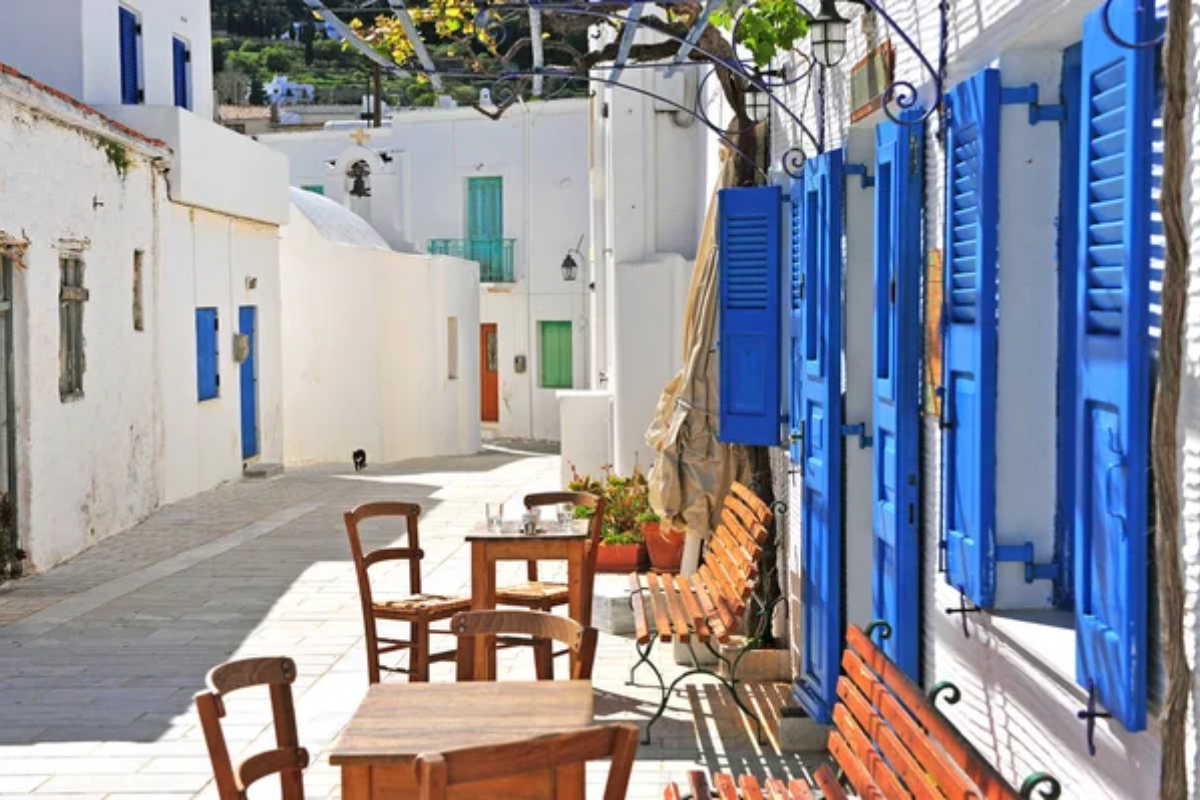
Hidden in Paros’s mountainous interior to avoid historical pirate raids, Lefkes preserves traditional Cycladic architecture while maintaining terraced landscapes where olive trees and grapevines grow using ancient agricultural techniques. The village’s marble-paved streets reflect local quarrying traditions that supplied materials for classical Greek construction projects, including the Venus de Milo statue.
Traditional workshops continue marble carving using techniques passed down through families while producing both religious items and decorative pieces. Village churches feature elaborate iconostases created by local artisans using traditional woodworking and painting techniques.
Volissos, Chios
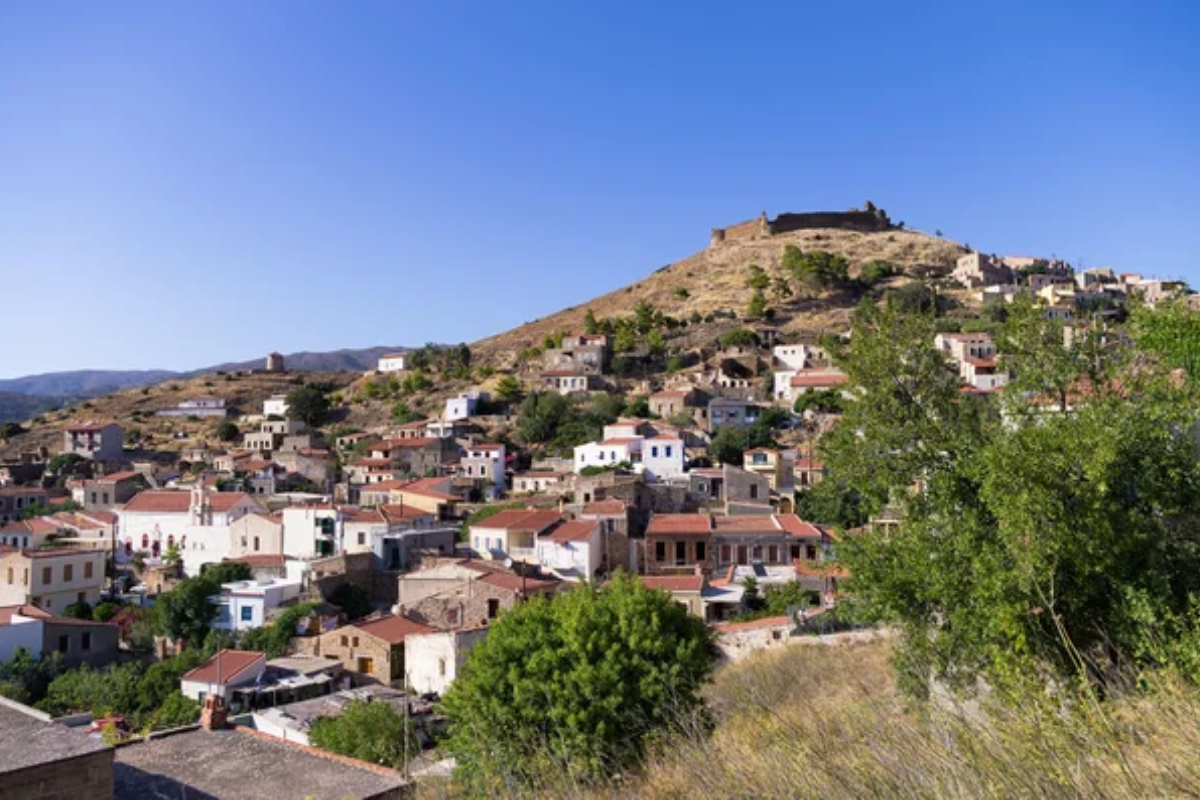
This traditional stone village maintains medieval architecture while serving as a base for exploring Chios’s western coast, where pristine beaches and ancient ruins provide diverse recreational opportunities. The village’s traditional architecture features distinctive pyrgi decoration and stone construction techniques that demonstrate skilled craftsmanship adapted to local materials and climate conditions.
Traditional farming continues throughout the surrounding countryside, where families maintain olive groves and vineyards using sustainable techniques developed over generations. Local tavernas serve traditional Chian cuisine, including dishes that incorporate mastic flavoring and fresh seafood from nearby coastal waters.
Pyrgos, Tinos
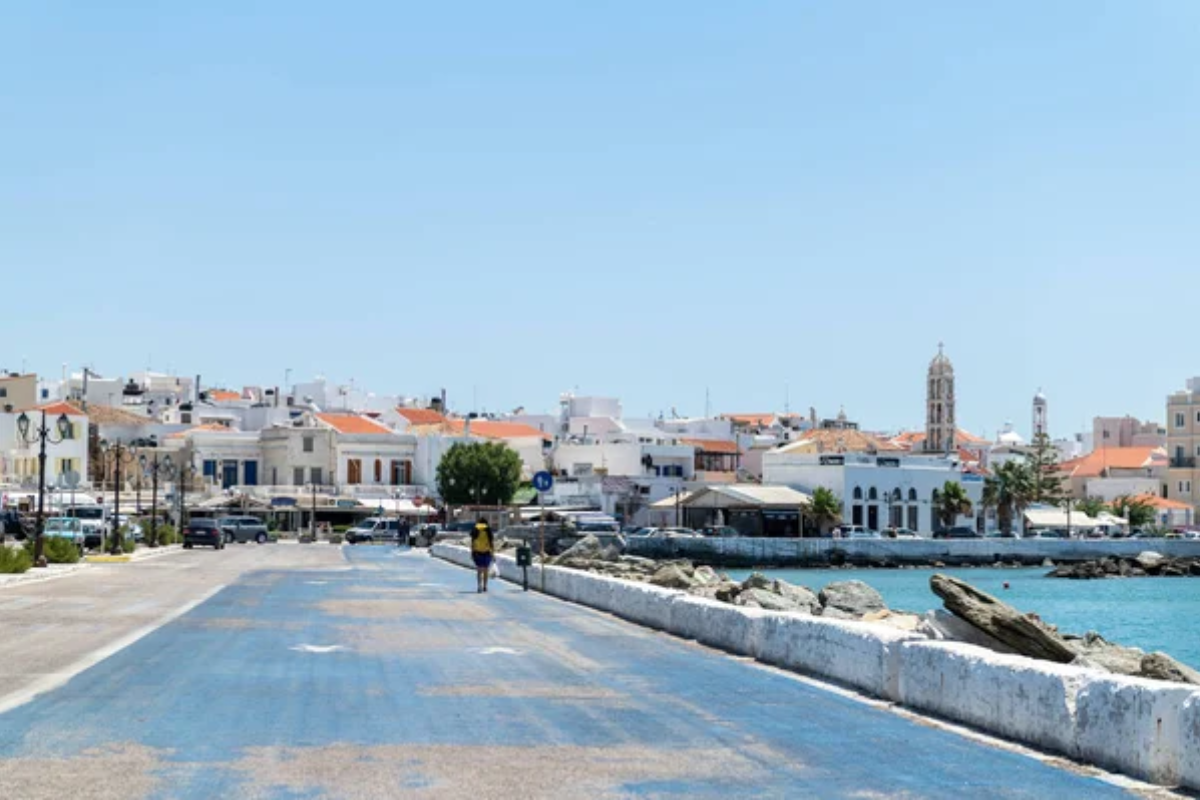
Famous throughout Greece for marble carving traditions, Pyrgos maintains workshops where craftsmen create religious art, architectural elements, and decorative pieces using techniques that have supplied Greek Orthodox churches for centuries. The village’s Museum of Marble Crafts preserves tools and examples that demonstrate how local artisans achieved international recognition for their skill and artistic vision.
Traditional architecture throughout the village showcases local marble craftsmanship through elaborate doorways, decorative elements, and religious shrines. Annual festivals celebrate marble working traditions while providing opportunities for visitors to observe craftsmen demonstrating traditional techniques.
Like Travel Pug’s content? Follow us on MSN.
Kardamyli, Mani Peninsula
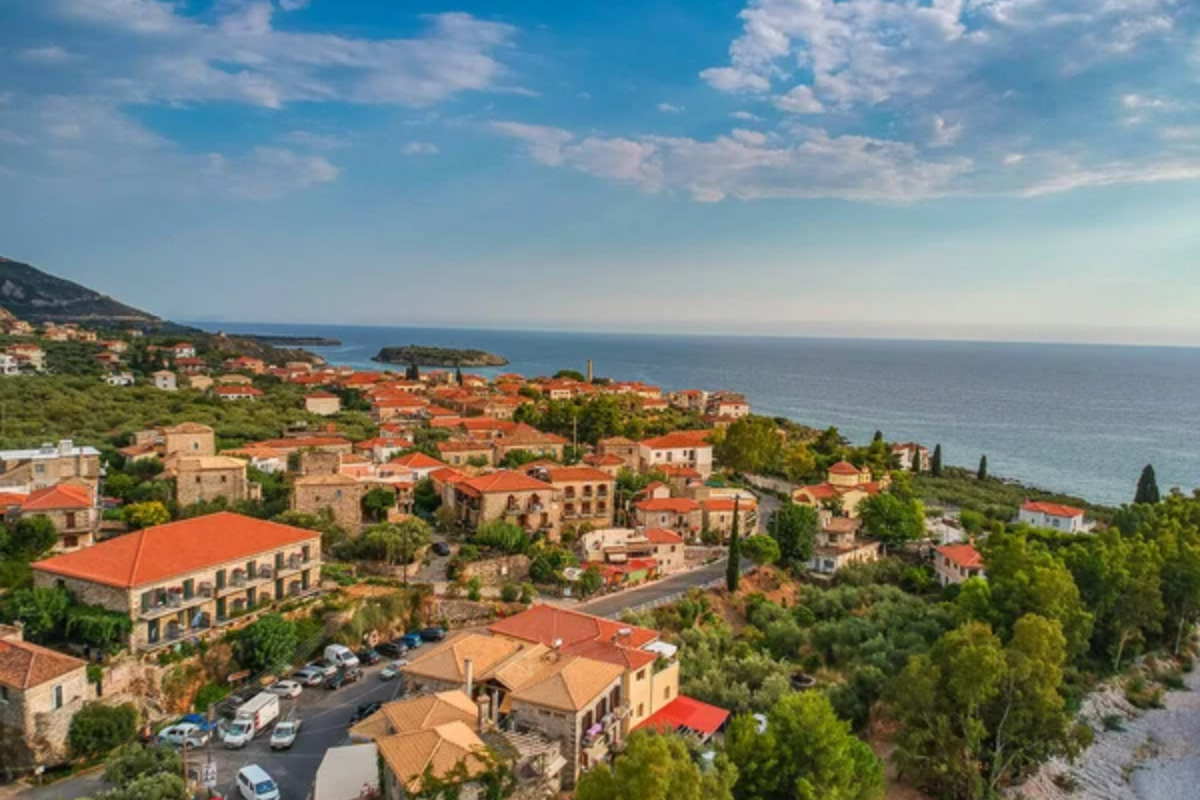
Though technically mainland Greece, this traditional Manioti village exemplifies slow travel through stone tower houses, olive groves, and access to hiking trails that lead through landscapes where ancient Spartans once trained. The village maintains traditional Manioti architecture through defensive tower houses that reflect the region’s turbulent history while creating distinctive skylines.
Traditional olive oil production continues using stone mills and pressing techniques that produce oil with distinctive flavors reflecting local varieties and terroir. Village tavernas serve traditional Manioti cuisine, including dishes that have sustained families through centuries of geographic isolation and economic challenges.
Exogi, Ithaca
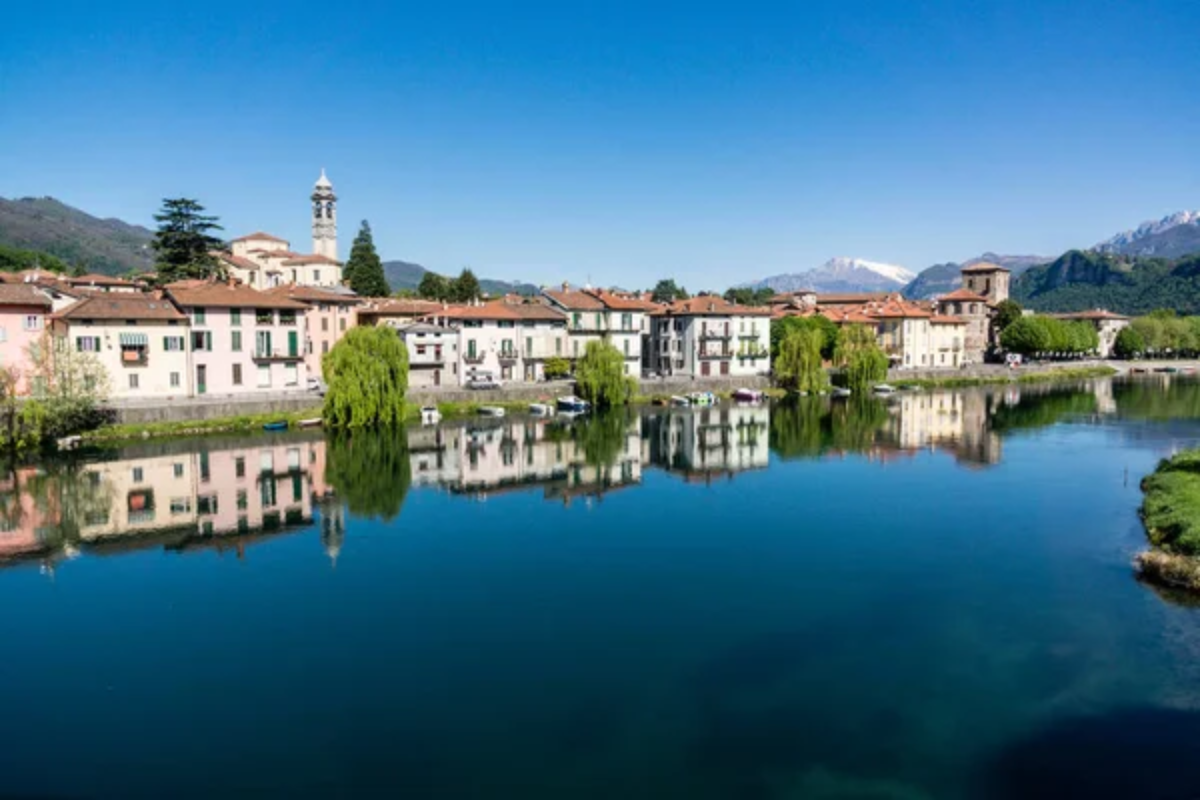
Positioned on Ithaca’s northern peninsula, Exogi maintains traditional architecture while providing access to beaches and hiking trails that lead through landscapes associated with Homer’s Odyssey. The village preserves traditional agricultural practices, including vine cultivation that produces wine using indigenous grape varieties adapted to local soil and climate conditions.
Traditional festivals throughout the year celebrate patron saints while featuring music and dance traditions that reflect both local culture and broader Ionian influences. Village accommodation includes traditional stone houses that families have converted to guesthouses while maintaining authentic architectural character.
Kokkari, Samos
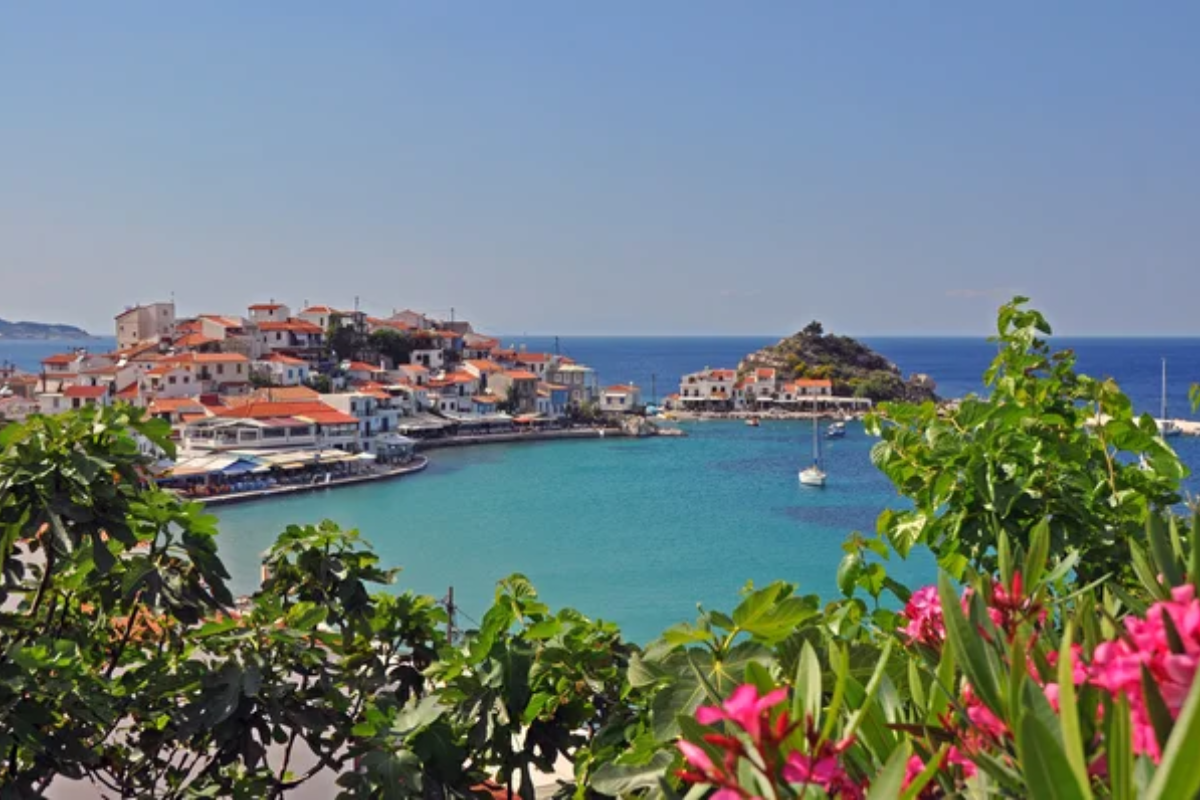
This traditional fishing village combines a working harbor with resort amenities while maintaining authentic character through stone architecture and family-operated tavernas that serve fresh seafood. The village’s beach provides swimming and water sports opportunities while traditional fishing boats continue working from harbors that have served the community for generations.
Traditional wine production occurs throughout the surrounding hillsides, where families maintain vineyards using techniques that produce distinctive Samian wines. Annual festivals celebrate both maritime traditions and agricultural heritage through events that bring together multiple generations of village families.
Like Travel Pug’s content? Follow us on MSN.
Galissas, Syros
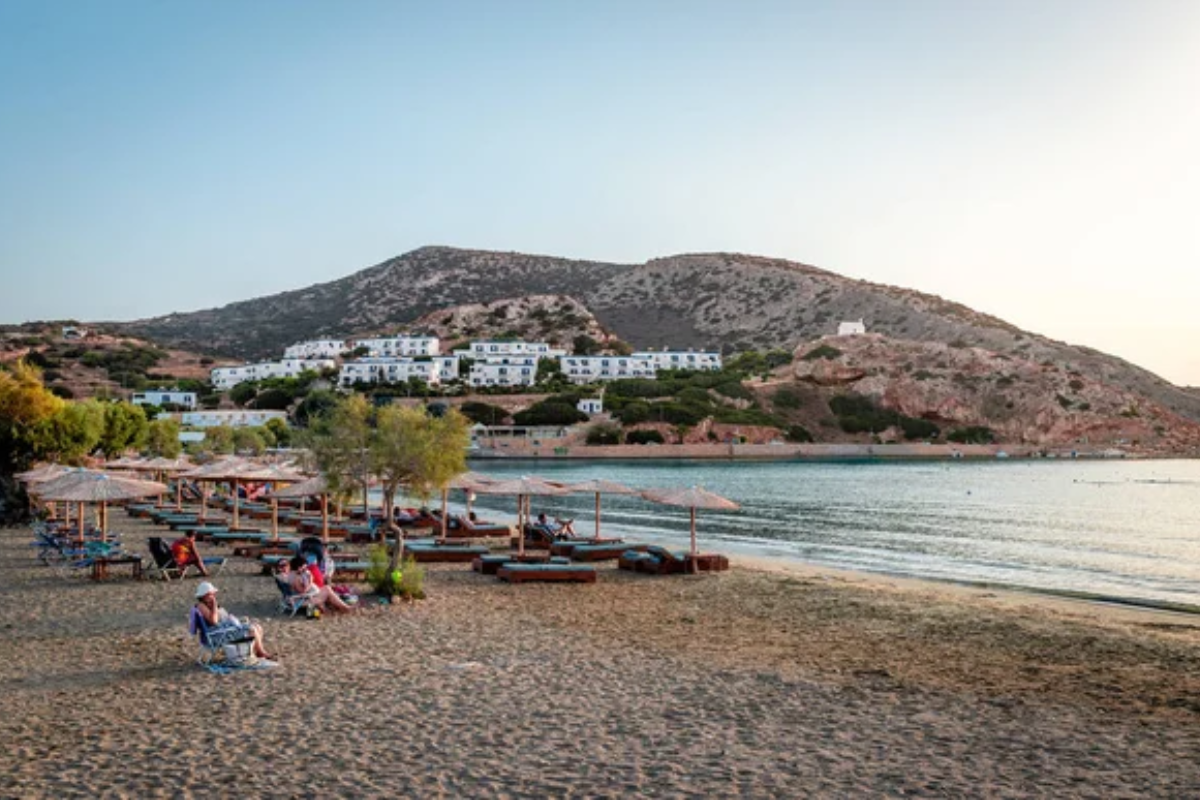
This traditional village maintains its authentic character while providing beach access and hiking opportunities through landscapes that reveal Syros’s diverse geology and ecology. The village preserves traditional Cycladic architecture through stone construction and cubic design elements that blend harmoniously with natural surroundings.
Traditional farming continues throughout the surrounding valleys, where families grow vegetables and herbs using organic techniques that supply local tavernas with fresh ingredients. Village festivals celebrate both religious traditions and agricultural cycles through events that demonstrate community solidarity and cultural continuity.
Kamares, Sifnos

Known throughout Greece for pottery traditions, Kamares maintains workshops where craftsmen create functional and decorative ceramics using techniques that have supplied Greek households for millennia. The village’s traditional architecture features stone construction adapted to the local climate while creating comfortable living spaces that have housed potter families for generations.
Traditional festivals celebrate ceramic arts while providing opportunities for visitors to observe craftsmen demonstrating wheel-throwing, glazing, and firing techniques. Village tavernas serve traditional Sifniot cuisine, including dishes cooked in ceramic vessels produced by local artisans.
Ano Meria, Folegandros
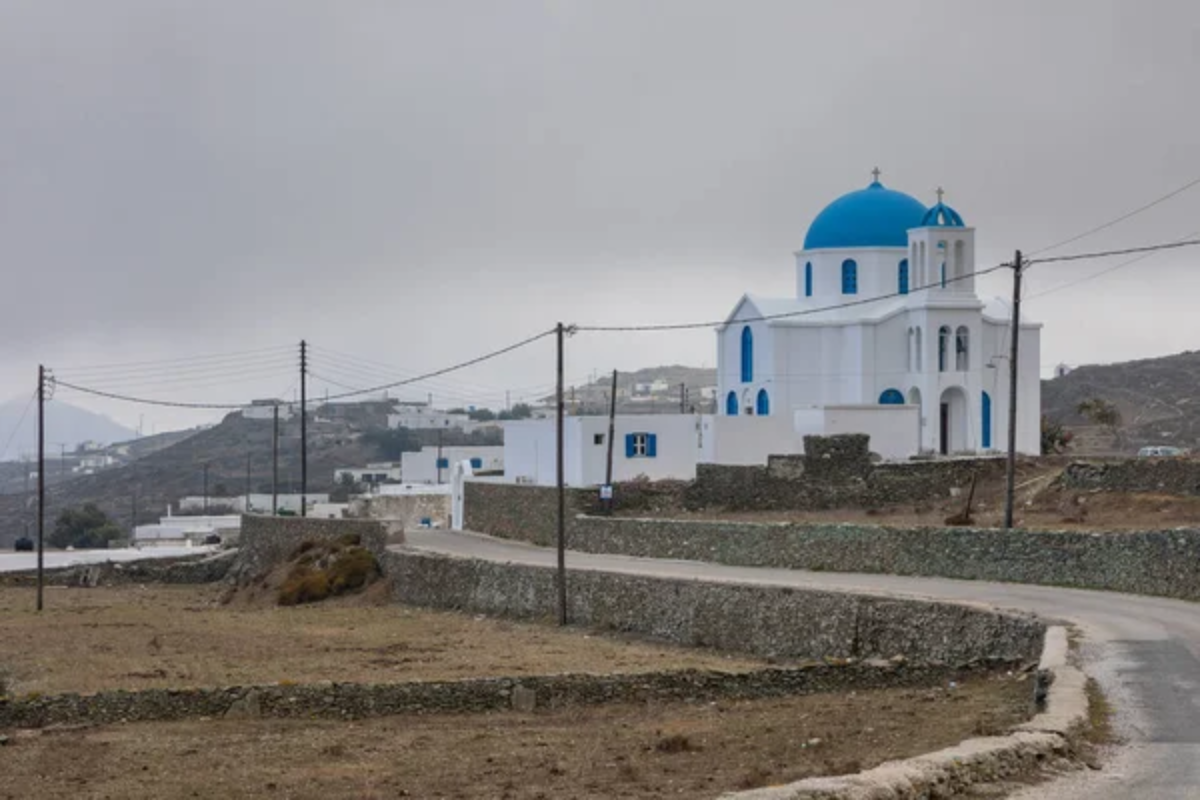
This agricultural village maintains traditional farming practices while preserving folk architecture through stone houses and defensive walls that protected residents from historical pirate raids. The village demonstrates traditional Cycladic agricultural techniques through terraced fields where families grow vegetables, herbs, and grains using methods adapted to limited water resources and challenging soil conditions.
Traditional festivals throughout the year celebrate agricultural cycles while featuring folk music and dance that preserve cultural expressions unique to Folegandros. Village museums preserve traditional tools and household items that demonstrate how families adapted to island living conditions.
Like Travel Pug’s content? Follow us on MSN.
Plathianos, Milos
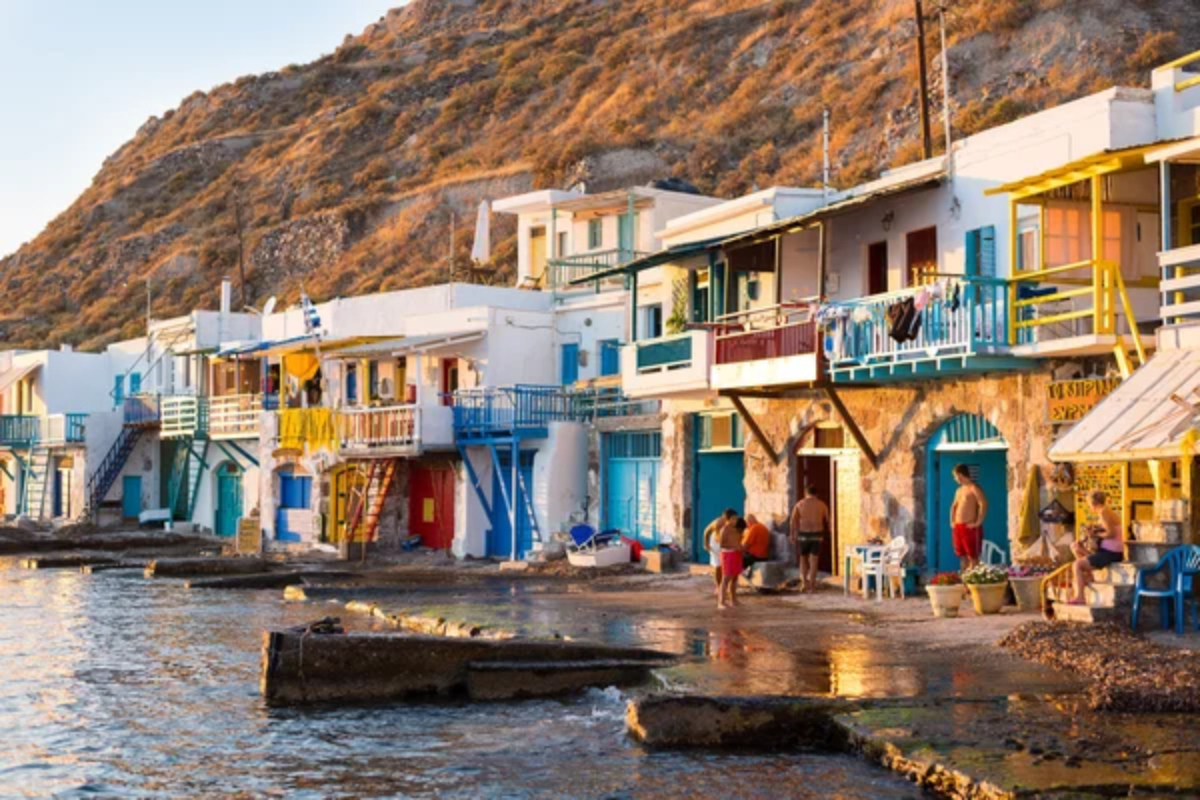
This traditional village maintains its authentic character while providing access to unique geological formations, including hot springs and volcanic beaches that demonstrate Milos’s active geology. The village preserves traditional architecture through stone construction techniques adapted to volcanic soil conditions while creating distinctive building styles found nowhere else in the Cyclades.
Traditional mining heritage continues through small-scale operations that supply materials for local construction while providing insights into economic activities that have sustained island communities. Village tavernas serve traditional Melian cuisine, including dishes that incorporate unique local ingredients, including capers and volcanic minerals.
Mavrata, Kefalonia
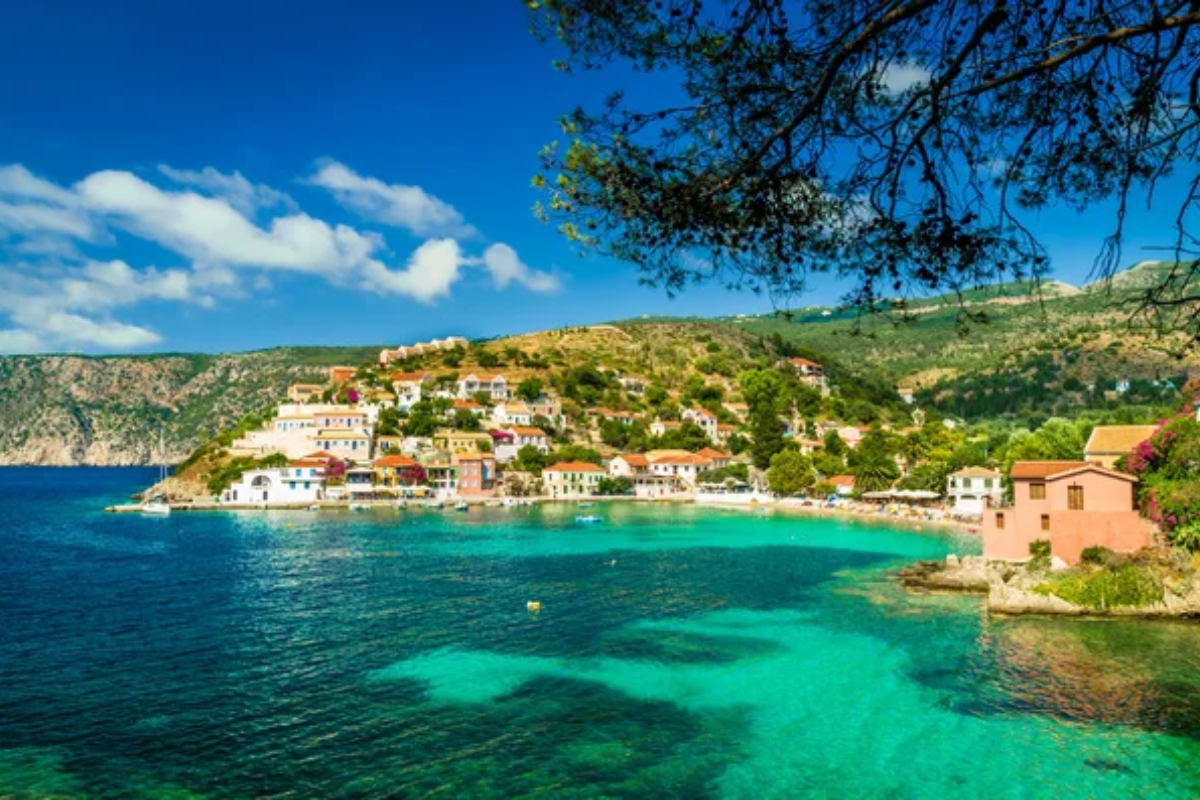
Positioned in Kefalonia’s mountainous interior, Mavrata maintains traditional architecture while providing access to hiking trails that lead through fir forests and mountain villages where traditional ways of life continue largely unchanged. The village preserves traditional Kefalonian architecture through stone construction and distinctive roofing techniques that withstand the island’s frequent earthquakes.
Traditional agriculture continues throughout the surrounding mountains, where families maintain vineyards and olive groves using techniques that produce distinctive island products. Village festivals celebrate both religious traditions and agricultural heritage through events that demonstrate the strong community bonds typical of mountain villages.
Stories, Andros
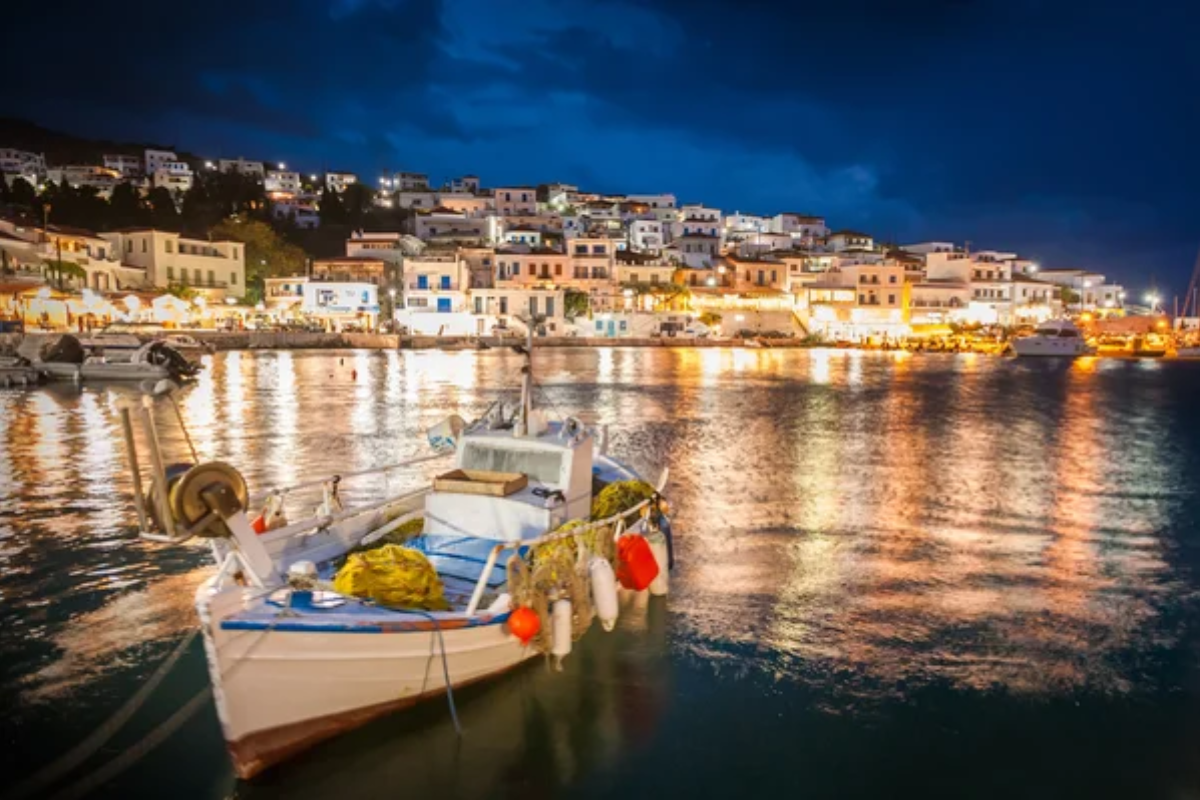
This traditional village maintains neoclassical architecture while preserving maritime traditions through families that continue working as captains and crew on international merchant vessels. The village’s distinctive architecture reflects prosperity from 19th-century shipping wealth while maintaining traditional Greek island character through stone construction and garden courtyards.
Traditional festivals celebrate maritime heritage while honoring patron saints associated with safe voyaging and community protection. Village museums preserve nautical artifacts and family histories that demonstrate how Andros families contributed to Greek maritime traditions throughout the Mediterranean and beyond.
Like Travel Pug’s content? Follow us on MSN.
Timeless Rhythms of Island Life
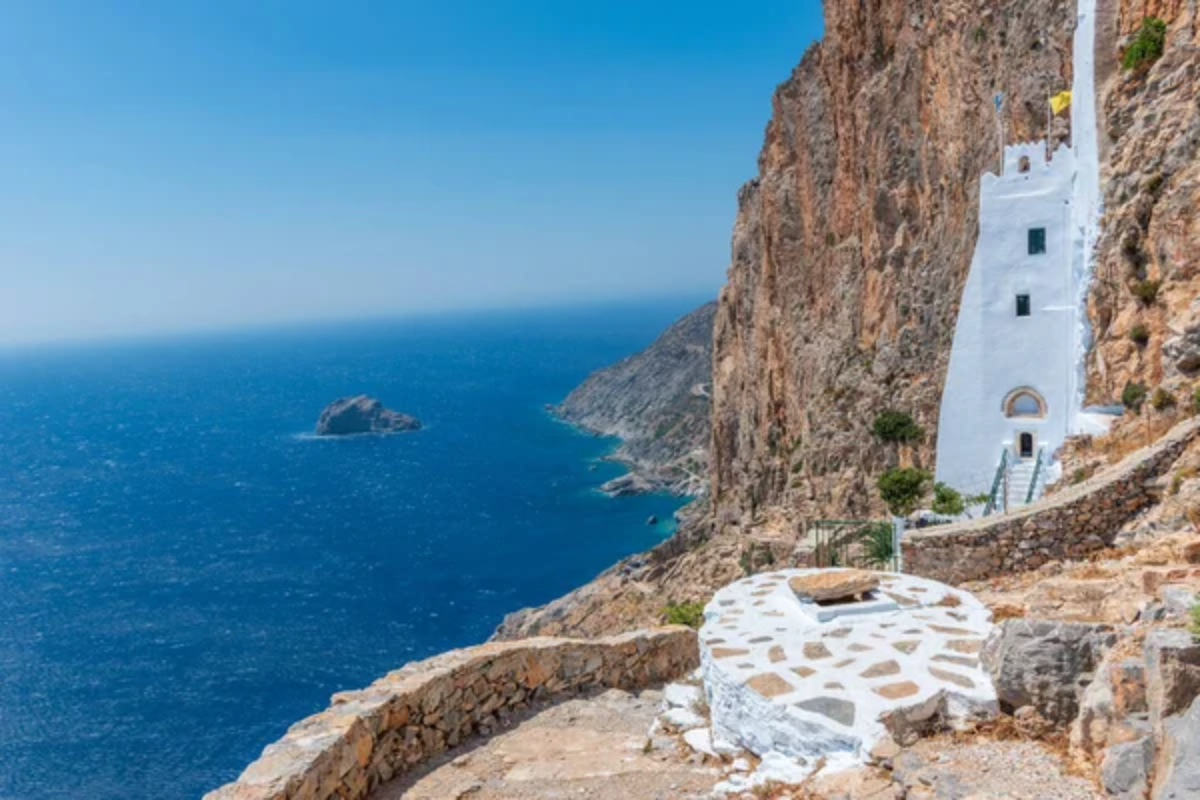
These authentic Greek island villages demonstrate how traditional communities maintain cultural identity while adapting to contemporary challenges that affect rural areas throughout the Mediterranean. Each settlement preserves unique aspects of Greek heritage through architecture, crafts, cuisine, and social traditions that continue evolving while maintaining essential characteristics developed over centuries.
Slow travel through these communities provides insights into sustainable living, community cooperation, and finding contentment through connection to place, tradition, and natural beauty. These villages continue teaching valuable lessons about balanced living that urban societies increasingly seek as antidotes to modern stress and disconnection from natural rhythms that once guided human communities throughout the world.
More from Travel Pug

- 20 Best Beach Towns in the Carolinas
- 13 Destinations Where Tourists Regularly Regret Their Trip
- 20 Destinations That Are More Magical Without an Itinerary
- 20 Underrated Adventures That Belong on Your Travel List
- 20 Cities Where You Should Just Wing It, No Planning Required
Like Travel Pug’s content? Follow us on MSN.
